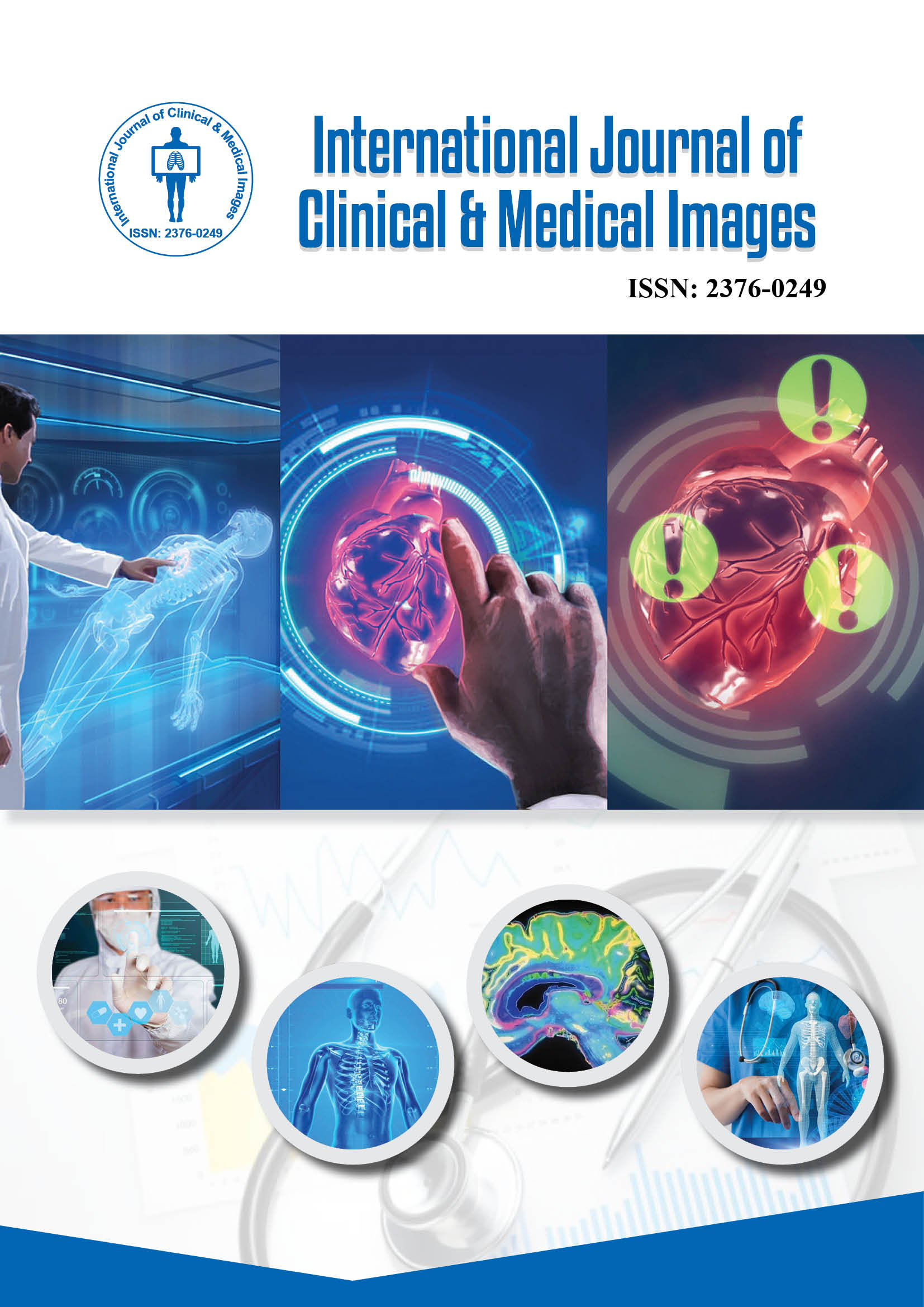2376-0249
Clinical-Medical Image - International Journal of Clinical & Medical Images (2024) Volume 11, Issue 12
Author(s): Cao Zhang*
Department of Anaesthesiology, Sichuan University, Chengdu 610041, China
Received: 01 December, 2024, Manuscript No. ijcmi-25-160164; Editor Assigned: 02 December, 2024, PreQC No. P-160164; Reviewed: 18 December, 2024, QC No. Q-160164; Revised: 23 December, 2024, Manuscript No. R-160164; Published: 30 December, 2024, DOI: 10.4172/2376-0249.1000995
Citation: Zhang C. (2024) Exploring the Different Types of Chemotherapy Drugs. Int J Clin Med Imaging 11: 995.
Copyright: © 2024 Zhang C. This is an open-access article distributed under the terms of the Creative Commons Attribution License, which permits unrestricted use, distribution, and reproduction in any medium, provided the original author and source are credited.
Chemotherapy remains one of the primary treatment options for various cancers, aiming to destroy cancer cells or inhibit their growth. A wide range of chemotherapy drugs are used in oncology, each with distinct mechanisms of action, efficacy, and side effects. These drugs are typically classified based on their chemical structure, their specific targets, and how they interfere with cellular processes. The most commonly used categories include alkylating agents, antimetabolites, plant alkaloids, and topoisomerase inhibitors, among others. This manuscript explores the different types of chemotherapy drugs, examining their biological mechanisms, therapeutic uses, and challenges associated with their use in cancer treatment. Chemotherapy drugs are critical in the treatment of many cancers, playing a pivotal role in both curative and palliative care settings. These drugs target rapidly dividing cells, which is a characteristic of most cancer cells.
The mechanism of action for each class of chemotherapy agents differs, reflecting the diversity of biological targets and cancer types they address. Alkylating agents, one of the earliest discovered and most commonly used types, work by adding alkyl groups to DNA, preventing cell division and inducing cell death. These drugs, including cyclophosphamide and cisplatin, are effective in treating cancers like leukemia, lymphoma, and various solid tumors. However, their use is often accompanied by side effects such as nausea, fatigue, and immune suppression, which can limit their administration and effectiveness in some patients. Antimetabolites are another class of chemotherapy drugs that mimic the structure of natural substances within the cell, thereby interfering with DNA and RNA synthesis. This class includes drugs like methotrexate and 5-fluorouracil, which are particularly useful in treating cancers such as breast cancer, colon cancer, and some types of leukemia.
Plant alkaloids, derived from plants like the periwinkle, have also found a significant place in chemotherapy. These drugs, including vincristine and paclitaxel, disrupt microtubule function, which is essential for cell division. By halting mitosis, plant alkaloids prevent cancer cells from multiplying. These agents are often used in the treatment of a variety of cancers, including breast, lung, and ovarian cancers, and lymphomas. However, they are associated with unique toxicities, such as neuropathy and hair loss, which can significantly affect a patient's quality of life. Topoisomerase inhibitors, another important group of chemotherapy drugs, target enzymes responsible for DNA untwisting and replication. These include agents like doxorubicin and topside. These drugs interfere with the DNA replication process, inducing breaks in the DNA strands, which leads to cell death [1,2].
Chemotherapy drugs; Cancer treatment; Plant alkaloids
None.
None.
[1]Rivankar S (2014). An overview of doxorubicin formulations in cancer therapy. J Cancer Res Ther 10(4): 853-858.
Google Scholar, Crossref, Indexed at
[2]Mohammadi, M, Arabi L and Alibolandi M (2020). Doxorubicin-loaded composite nanogels for cancer treatment. J Control Release 328: 171-191.
The requested URL was not found on this server.
Additionally, a 404 Not Found error was encountered while trying to use an ErrorDocument to handle the request.
 Awards Nomination
Awards Nomination

